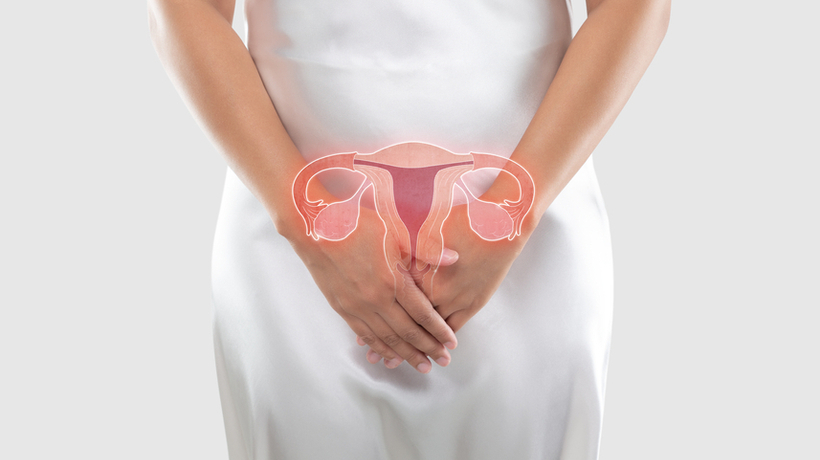The National Cancer Institute defines cervical cancer as a disease in which cancer cells form in the cervix, located in the lower end of the uterus. Cervical cancer develops slowly over time. Before cancer appears in the cervix, the cells go through a series of changes that begin in the cervical tissue.
Cervical cancer is not entirely preventable, but there are ways to reduce your risk.
Here are some that the National Cancer Institute, American Cancer Society, and the CDC recommend:
Getting the HPV Vaccine
According to the National Cancer Institute, cervical cancer is almost always caused by the human papillomavirus infection (HPV.) HPV is spread through sexual contact. The HPV vaccine is recommended for preteens ages 11 to 12 and everyone through the age of 26 who is not vaccinated already. There are more than 80 types of HPV, 30 of which can infect the cervix. The HPV vaccination prevents new HPV infections but does not treat existing infections.
Avoiding DES
While it is not commonly used anymore, a drug called diethylstilbestrol (DES) was often prescribed to pregnant women between 1940 and 1971 to prevent miscarriages and premature labor. It is a synthetic form of the hormone estrogen. Exposure to the drug has been linked to an increased risk of cervical cancer.
Don’t Smoke
Poisons in cigarette smoke can weaken the body’s immune system and poisons in tobacco smoke damage or change cells’ DNA. When DNA is damaged, a cell can begin to grow out of control and create a cancerous tumor. Smoking can cause cancer almost anywhere in your body, including the cervix.
Making Sure Your Partner Wears A Condom
HPV is a sexually-transmitted disease, so making sure your partner wears a condom during intercourse is a good way to protect against it. It’s important to note that condoms do not completely protect from HPV, because they don’t cover every possible HPV-infected area. Still, condoms offer some protection against HPV and other sexually-transmitted infections.
Screening Tests
There are two screening tests that can help prevent cervical cancer or find it early. The Pap test (Pap smear) helps look for pre-cancer cells or changes in the cervix that might become cervical cancer if they are not treated. The HPV test also looks for the virus that can cause cell changes. Both tests can be done in a doctor’s office or clinic.
For more on cervical cancer prevention, visit www.Cancer.org.



